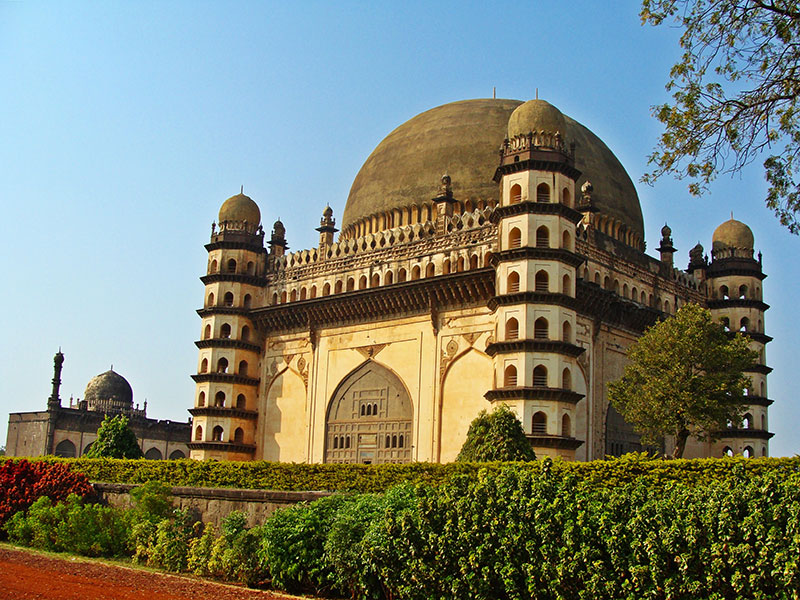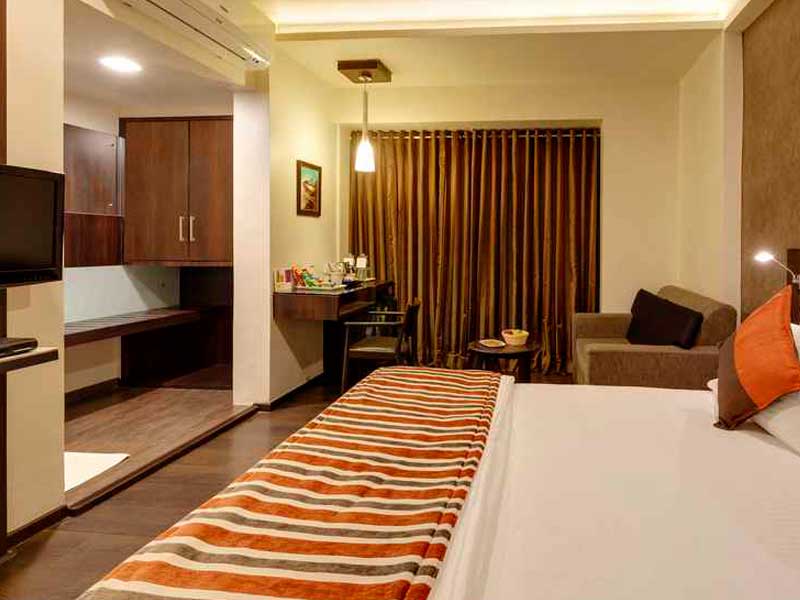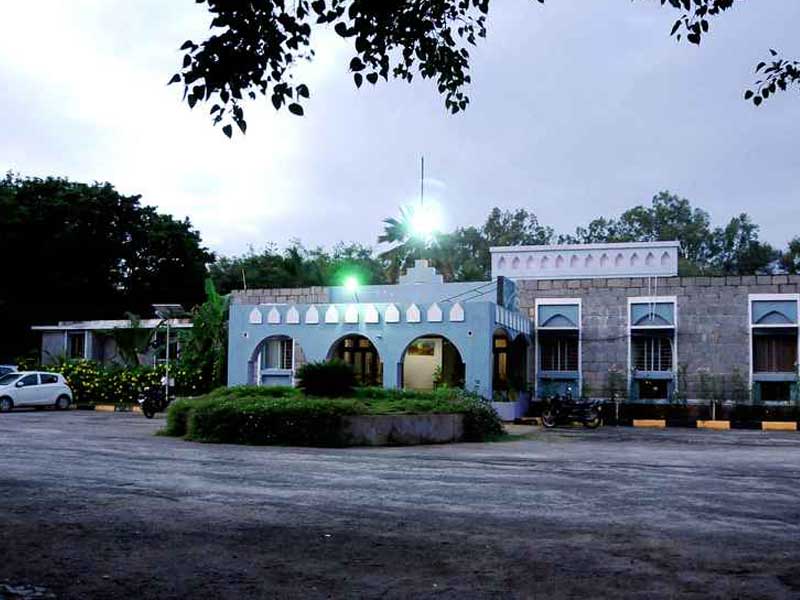Bijapur’s building boom came in the 16th and 17th centuries after the five Islamic rulers of the Deccan joined forces to invade the Vijayanagara capital of Hampi. The town’s largest and most celebrated monument, the Gol Gumbaz, was built as the mausoleum of Muhammed Adil Shah in the 17th century. The hallway of the main mausoleum is one of the largest in the world to be covered by a single hemispherical dome, which also dominates the townscape. The Ibrahim Rouza, one of the highlights of Bijapuri architecture, was built by Ibrahim II, who came to the thorne in the 1580’s. The mausoleum has minarets, cupolas, fine sculptural work, pierced windows and decorative panels, Bijapur’s Juma Masjid dating from the 16th century, is one of the Deccan’s finest mosques. Superbly proportioned and topped by onion domes, the mosque has an arcaded court with a square tank.
Experience India Holidays is an experiential South India travel company offering cultural, wildlife, soft adventure, wellness and special interest tours, with our main strength in tailor-made holidays to South India.






